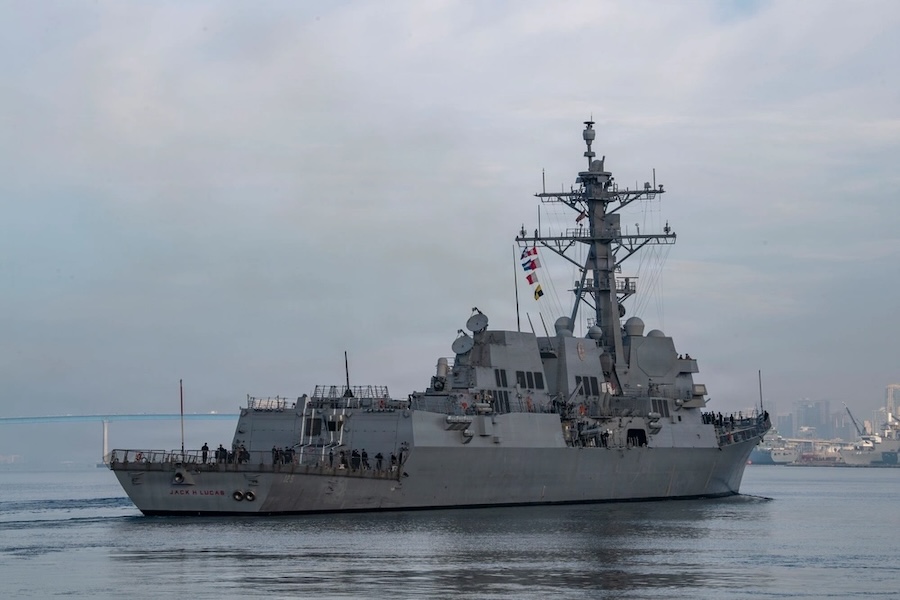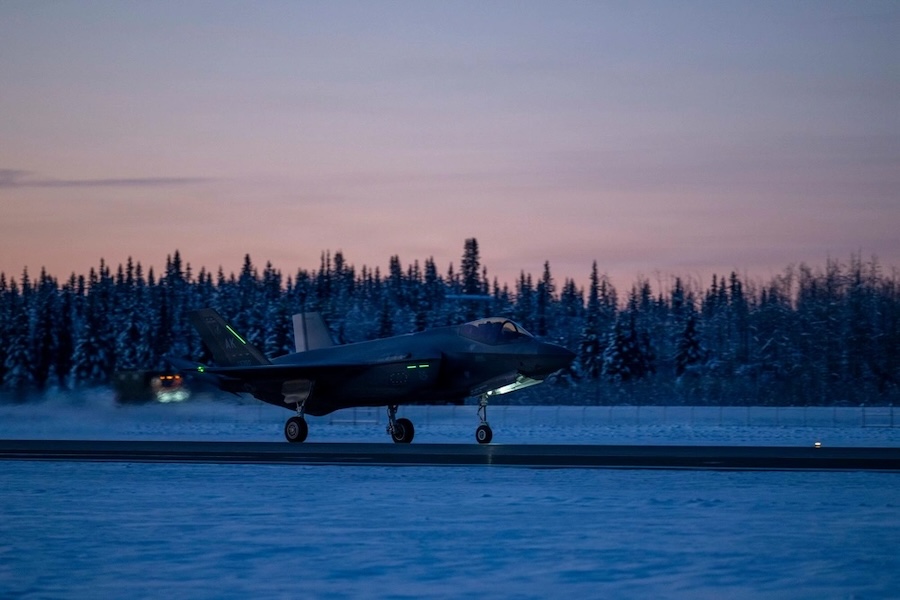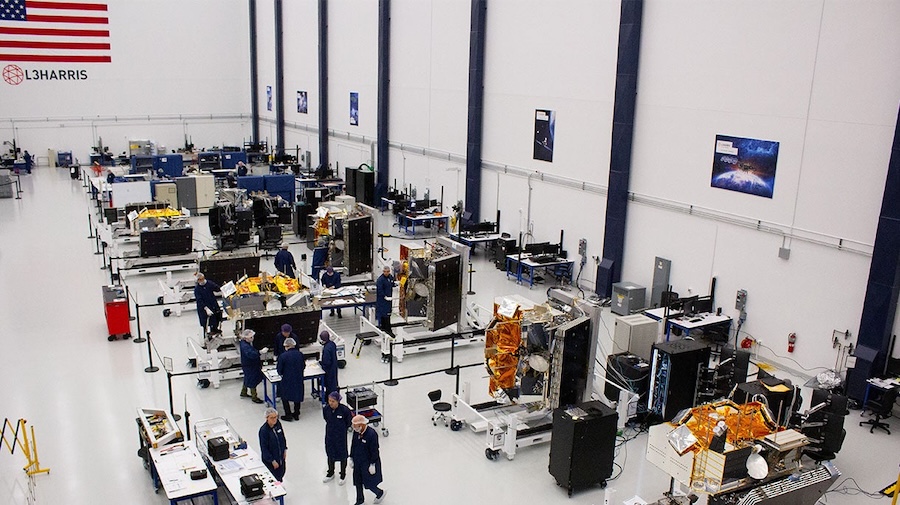On 20 May, U.S. President Donald Trump, the secretary of defence, and chief of the U.S. Space Force announced the acceleration of work on a new missile defence architecture, dubbed “Golden Dome”, a concept included in one of Trump’s executive orders in January. The administration initial estimate assumes a cost of $175 billion through 2028. At the same time, Trump asked Congress to allocate $25 billion for the elements of the Golden Dome planned for 2026.
Missile threats to the continental U.S.
The 20 May announcement was not preceded by a formal National Intelligence Estimate (NIE) on expected threats to the U.S. over the next 15 years, which should be prepared by all intelligence community agencies. Instead of an NIE, on 13 May, the Defense Intelligence Agency (DIA) published a visualization of the expected types of missile threats to the territory of the United States homeland and projected size of the strategic arsenals of Russia, China, North Korea, and Iran by 2035. Limiting itself to the analyses and projection of the Pentagon-subordinated DIA suggests a desire to avoid debates in Congress and among non-governmental experts.
According to DIA data, Russia is currently the primary threat, with 350 intercontinental ballistic missiles (ICBMs), 192 sea-launched ballistic missiles (SLBMs), and 300-600 air and sea-launched, land attack cruise missiles (LACMs). The list does not include Russian ground-launched cruise and intermediate-range ballistic missiles (their range is too short for targeting the continental U.S.) but it does include 200-300 Kinzhal air-launched ballistic missiles (ALBMs). Within a decade, the arsenal of Russia is expected to include 400 ICBMs and as many as 1,000 ALBMs and 5,000 LACMs. China’s arsenal is expected in 2035 to increase from the current 400 to 700 ICBMs, from 72 to 132 SLBMs, and from 1,000 to 5,000 LACMs. Moreover, by 2035 both Russia and China are expected to have operational orbital bombardment systems (FOBS), up to 12 and 60 of these, respectively. During this period, the North Korean arsenal is expected to increase from the current 10 to 50 ICBMs, and Iran may build 60 similar systems (although neither state is expected to have LACMs or SLBMs to use against the U.S. homeland). Without knowing the premises of the DIA analyses it is difficult to estimate the likelihood of China or Russia using such large arsenals of LACMs. The ongoing Russia-Ukraine war has shown the high effectiveness of older-generation Western air defence systems in intercepting Russian LACMs. Also questionable might be expected size of the FOBS arsenals of both U.S. rivals, while only China has conducted a few tests of this type in recent years. The DIA projection also suggests rapid progress on Iranian ICBMs, but the country’s various space-launch vehicles in recent years have incorporated propulsion, structures, and payloads that might be difficult to adapt to this class of strategic missiles.
Lack of detailed planning guidance
With accelerated work on Golden Dome, the White House also skipped other analyses that should be the basis of such an ambitious project. The administration has not prepared or published so far an updated U.S. National Security Strategy, National Defense Strategy, or Nuclear Posture Review. Even without these highest-level planning documents, the Pentagon could have prepared a separate Missile Defense Review (MDR) outlining the priorities and required architecture of the primary continued and new systems. In this context, previous administrations devoted considerable efforts and time to the MDR, including in 2010, 2019, and 2022, while the Pentagon today is moving ahead instead with fragmented analyses and studies.
The lack of an MDR suggests the Pentagon is quickly materialising presidential pre-election slogans. Noteworthy the is similarity of the Trump advisors’ recommendations during the 2024 campaign and his executive order of January this year. Part of the “Project 2025” document (a plan prepared by conservative experts) postulated the U.S. going beyond the concept of limited homeland defence only against the arsenals of North Korea and Iran. It recommended investing in augmented ground based mid-course missile defence (GMD) system and new space sensors and other systems for continental states, Hawaii, and Guam against hypersonic weapons, LACMs, and drones. The executive order repeated these assumptions, stressing the necessity for a defence against all main classes of strategic missiles, based on new architecture with different sensors and interceptors. The January order also announced work on space defence systems against ICBMs in their boost phase, which is likely a reference to space laser systems recommended already in the 2019 MDR.
Main challenges for the schedule
Building up a complete and multi-layered defence of the U.S. against such diverse missile threats is unlikely by 2028. The repeated references to the “Star Wars” (SDI) of the Reagan administration (which did not go beyond studies and research) and to the highly effective Israeli Iron Dome (which protects a limited area against crude artillery rockets) are rather misleading for the public. If the development of U.S. space lasers is not advanced it is also not possible to intercept more advanced threats beyond the North Korean or Iranian arsenals, especially protection against massive strikes by Russia or China. Any revolutionary technology may also encourage the main rivals of the U.S. to expand their strategic arsenals (even above the quoted DIA projections) by multiplying the number of ICBM and SLBMs warheads with additional systems to confuse and break defences. So even if U.S. investments in new space sensors and interceptors offers a chance to gain a technological advantage over Russia and China, these rivals will more likely deploy offensive systems in space dangerous for every country (like Russia’s anti-satellite system with a nuclear warhead).
However, the declared scale and capabilities of the Golden Dome will primarily pose enormous financial challenges to the government. Trump’s initial estimate of $175 billion through 2028 is probably an underestimate. The relatively least expensive and easy option may be to expand the GMD system with additional interceptors in ground silos (there are currently 20 Next Generation Interceptors/NGI in addition to 44 older-generation Ground Based Interceptors/GBI). The decreasing cost of space launch vehicles may also reduce the costs of satellites tracking ballistic missiles and hypersonic weapons. The Pentagon has already received an initial offer from the private companies SpaceX, Palantir, and Anduril for software and hardware for a constellation of 400 to a thousand satellites with sensors for $6-10 billion. According to media reports, equally feasible might be the deployment in a few years of up to 200 U.S. armed satellite interceptors; however, there is a lack of confirmed information on their real capabilities and costs. Earlier and independent estimates show that these space sensors and interceptors might be multiple times costlier than estimated by the first and now second Trump administrations. A report by the Congressional Budget Office (CBO) of 2021 estimated that known technologies of armed satellites might cost $50-400 billion over 20 years (depending on the scale of the orbital constellation). The newest CBO report assumes necessary investments at $161-264 billion for these same space interceptors. And another CBO report from 2021 estimated that four feasible options for continental defence against cruise missiles would be $77-179 billion over 20 years of build-up and operations. In this context, another clear pattern is worth noting, namely that U.S. tests of new NGI or hypersonic sensor and defence systems are years behind previously declared schedules by the Pentagon.
Conclusion
The decisions to accelerate the Golden Dome project to 2028, like some other important decisions by Trump, were made without the traditional intelligence estimate (NIE) and a separate study by the Pentagon (MDR). The declared timeframe of a fully operational system is unrealistic given the scale of the existing and future threats, as well as the numerous technical and financial issues. The most likely scenario of what the U.S. can achieve by this date is it sticking to a limited defence of the continental states with a new, third base for a GMD system with NGI interceptors. It is more difficult to draw conclusions about the research and development needs, costs, and operations of 200 new space systems by 2028, which most likely will be a smaller and experimental constellation of laser-armed satellites. These space interceptors will not be able to stop the offensive arsenals of Russia and China and may instead accelerate and intensify the strategic arms race with the U.S. By the end of the second Trump presidency, it is also feasible there might be new space sensors for detecting and tracking different ballistic missiles and hypersonic weapons around globe. Although technically feasible, the defence of the continental states against massive attacks by Russian or Chinese cruise missiles might be financially unrealistic. Such a layer of cruise missile defence might be cost-effective only in selected U.S. strategic centres, such as the base on Guam. An operational Golden Dome may also require further cooperation with Canada and Denmark (its territories serve as hosts of long-range radars), so favourable political circumstances could improve their relations with President Trump (or at least with the Pentagon). It is noteworthy that, contrary to his January executive order, the Pentagon has not presented on time his recommendations regarding systems protecting U.S. forces, bases, and allies in Europe or the Middle or Far East. This delay may be due to the “America First” priority of the Golden Dome, but it may also reflect the administration’s reluctance to adapt the NATO-EPAA system to the missile threats from Russia.
Source: The Polish Institute of International Affairs.
















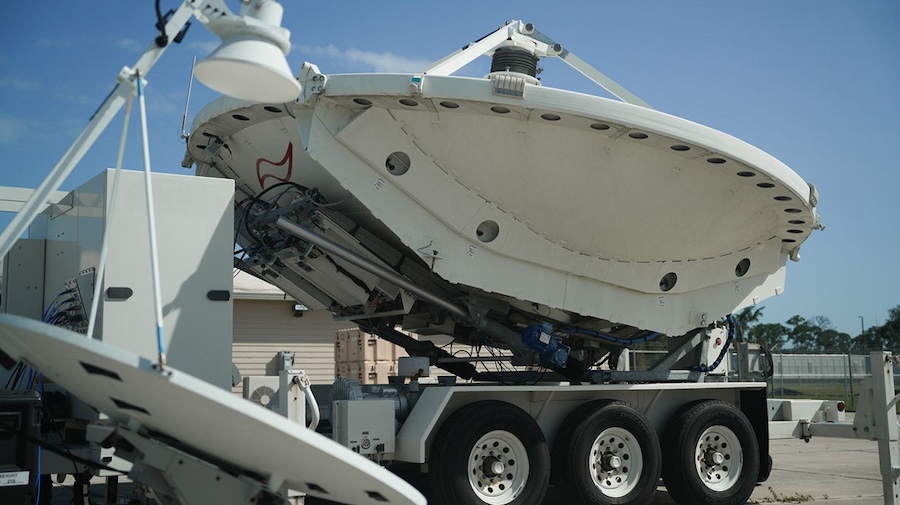
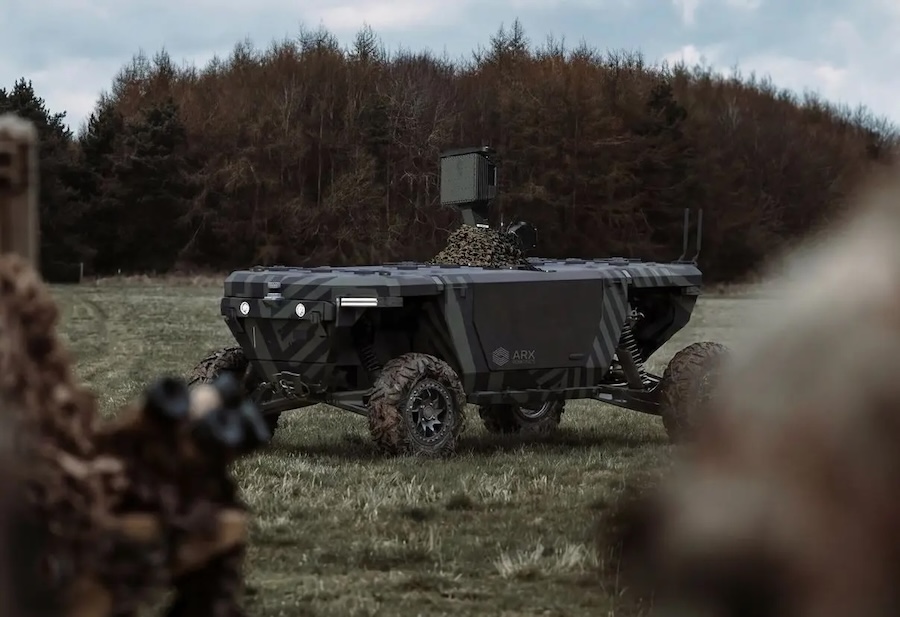
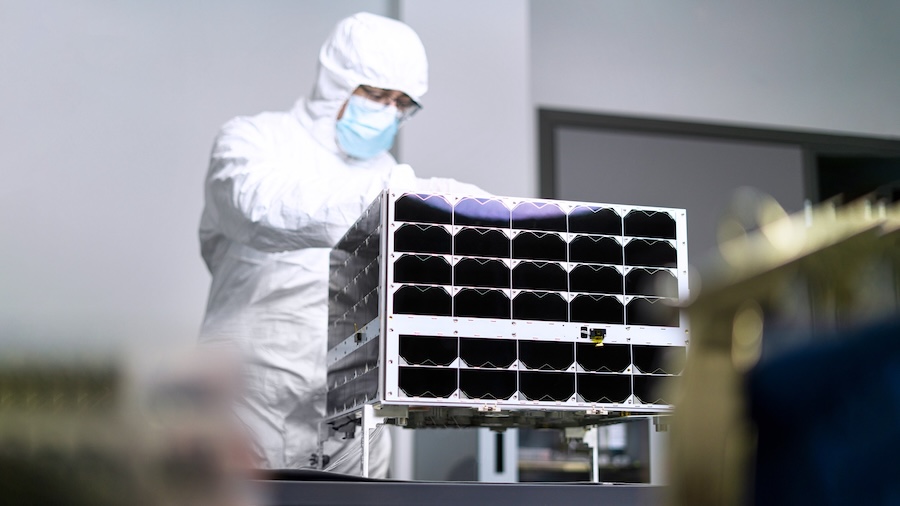

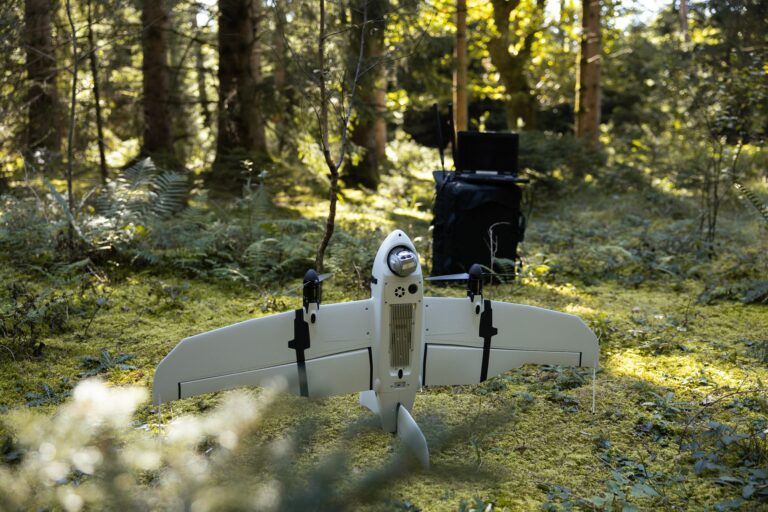

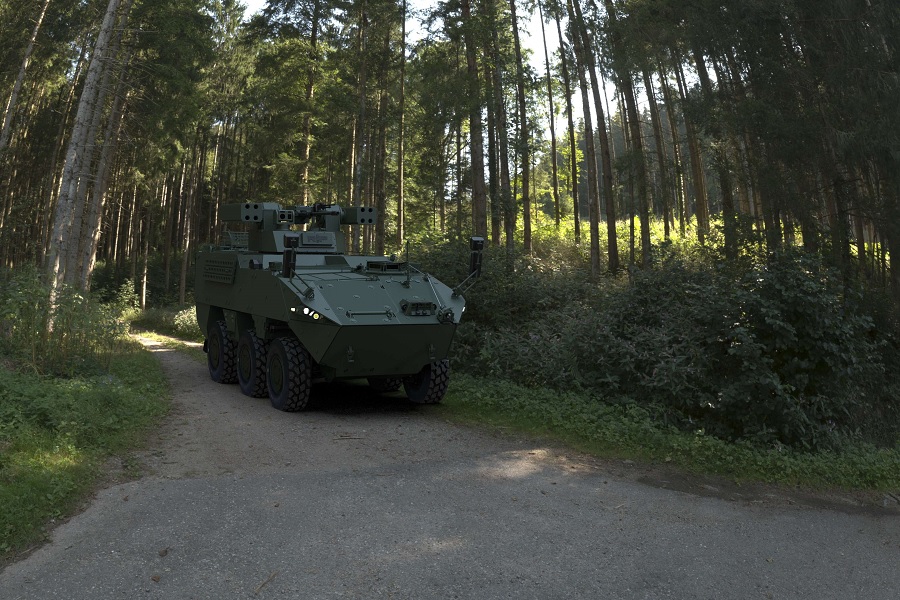
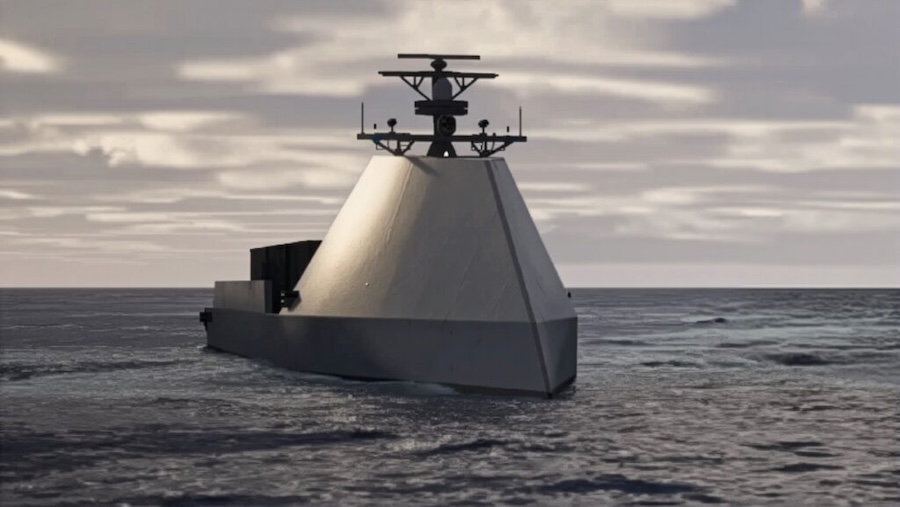

![Auterion conducts first multi-manufacturer hybrid drone swarm strike demonstration [VIDEO]](https://defence-industry.eu/wp-content/uploads/2025/09/Auterion-secures-130-million-to-scale-AI-defence-software-and-transform-drone-warfare.jpg)
